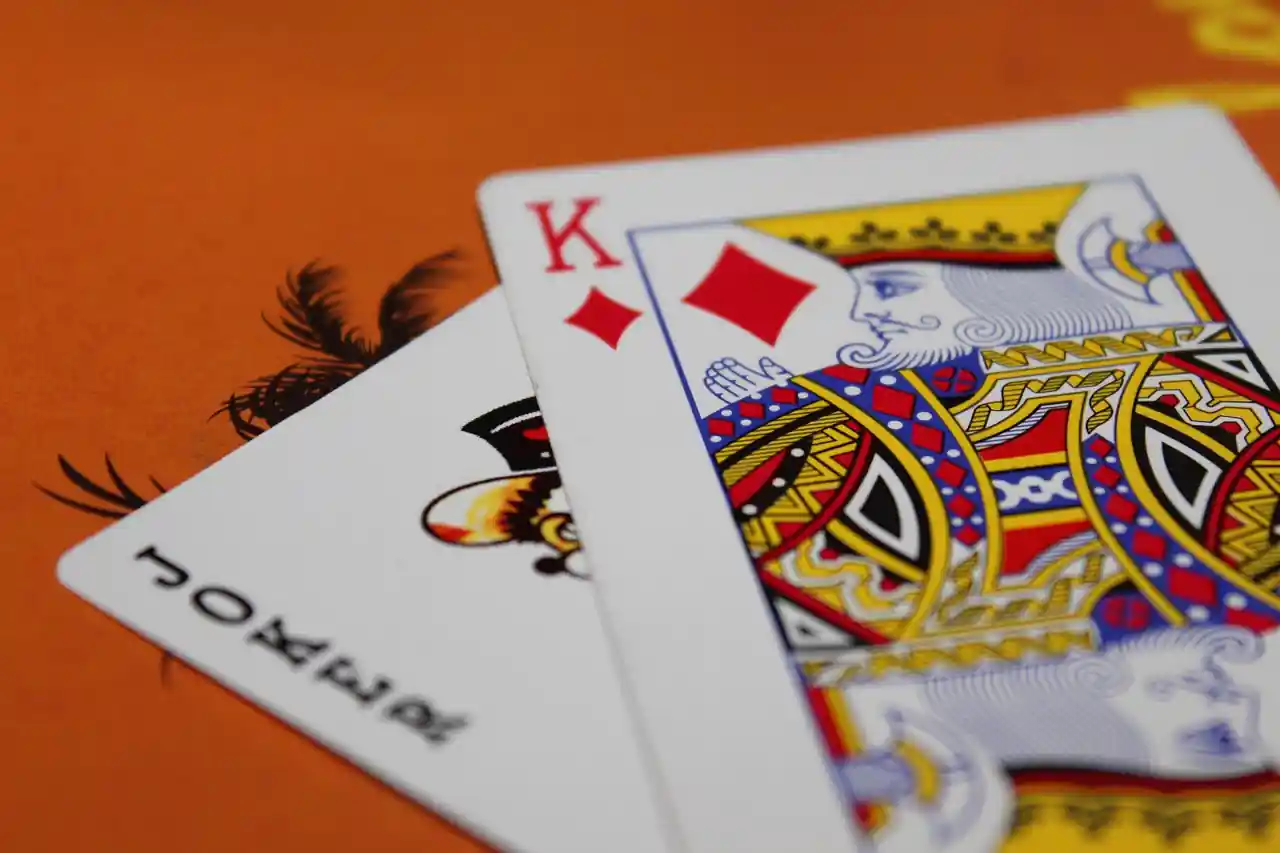Poker isn’t just a game—it’s a chameleon. Across the globe, it adapts to local flavors, rules, and even superstitions. From the smoky backrooms of Macau to the neon-lit casinos of Las Vegas, regional poker variations tell stories of culture, history, and sheer human ingenuity. Let’s dive in.
North America: The Birthplace of Modern Poker
Sure, poker’s roots trace back to Europe, but North America—especially the U.S.—gave it the swagger it’s known for today. Texas Hold’em might dominate, but regional quirks keep things spicy.
1. Texas Hold’em (U.S.)
The undisputed king. Born in—you guessed it—Texas, this version exploded after the 1970s World Series of Poker. Simple to learn, brutal to master. Two hole cards, five community cards, and a lot of bluffing.
2. Omaha Hi-Lo (U.S.)
A twist on Omaha where the pot splits between the highest and lowest hands. Popular in home games across the Midwest, it’s like Hold’em’s math-loving cousin.
3. Stud Poker Variants (U.S. & Canada)
Seven-Card Stud was the go-to before Hold’em took over. In Canada, you’ll find “Razz” (Stud in reverse—lowest hand wins) in smoky Montreal card rooms.
Europe: Where History Meets Innovation
Europe’s poker scene is a patchwork of old-world charm and modern twists. Think cobblestone streets and high-stakes tournaments.
1. Open-Face Chinese Poker (Russia & Scandinavia)
Despite the name, this one’s huge in Russia and Sweden. Players build three hands face-up, scoring points based on strength. It’s like poker meets solitaire—with way more trash-talking.
2. Telesina (Italy)
A Southern Italian specialty. Three cards dealt, no draws, and wildcards galore. Fast, chaotic, and perfect with an espresso.
3. Mus (Spain & France)
More bluffing than actual poker, Mus is a Basque Country tradition. Teams bet on combinations like “Grande” (highest card) or “Pares” (pairs). It’s loud, it’s proud, and it’s nothing like Vegas.
Asia: High Stakes and Hidden Gems
In Asia, poker wears many masks—from Macau’s billion-dollar tables to underground Vietnamese games where rules shift like monsoon winds.
1. Chinese Poker (China)
No betting rounds here. Players arrange 13 cards into three hands, scoring against opponents. It’s strategic, subtle, and a favorite among high rollers.
2. Indian Flush (India)
Also called “Teen Patti,” it’s poker’s flashy cousin. Three cards, blind betting, and a healthy dose of luck. Played at festivals, weddings, and—well—anywhere.
3. Badugi (South Korea)
A lowball game where the goal is the worst possible hand. Four cards, no pairs, and suits matter. Quirky? Absolutely. Addictive? You bet.
Latin America: Fire and Flair
From Mexico’s “Conquián” to Brazil’s underground “Pôquer,” Latin America plays fast and loose with rules. Passion? Non-negotiable.
1. Conquián (Mexico)
An ancestor of rummy and poker. Nine cards, melds, and a ton of shouting. It’s less about chips and more about chaos.
2. Pôquer Fechado (Brazil)
Five-card draw with a Brazilian twist. Wildcards? Sometimes. Drinking? Always. The rules change depending on who’s dealing—and how many caipirinhas they’ve had.
Africa & Oceania: The Underdogs
Poker’s footprint here is smaller, but the creativity isn’t. Australia’s “Sydney Sweep” and South Africa’s “Bluff” prove that good games need no permission.
1. Sydney Sweep (Australia)
Seven-card stud meets horse racing. Players “sweep” the pot based on secret combinations. It’s as Aussie as vegemite—and just as polarizing.
2. Bluff (South Africa)
No relation to the card game “Cheat.” Here, players swap cards face-down, betting on pure gut instinct. High risk, higher drama.
Why Regional Poker Variations Matter
Poker isn’t just about winning—it’s about how you play the game. And honestly? The world’s regional variations remind us that rules can bend, cultures can collide, and a good hand is universal.





